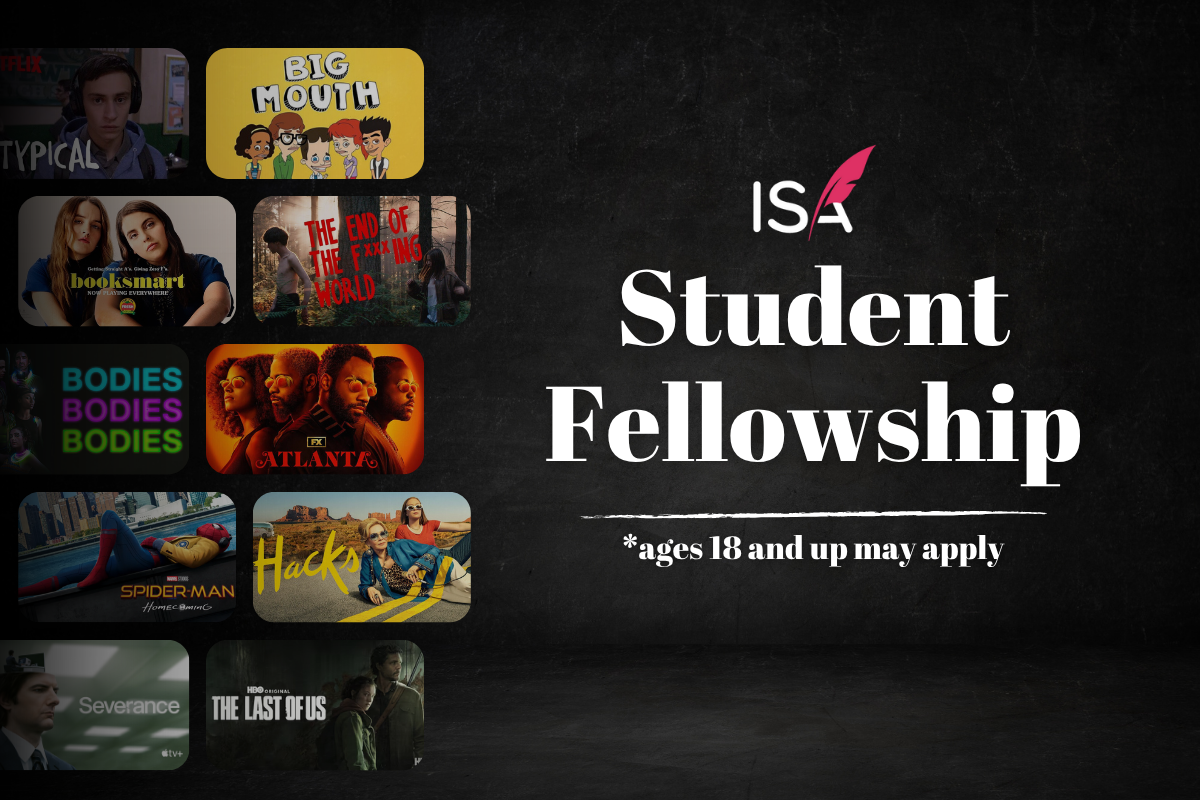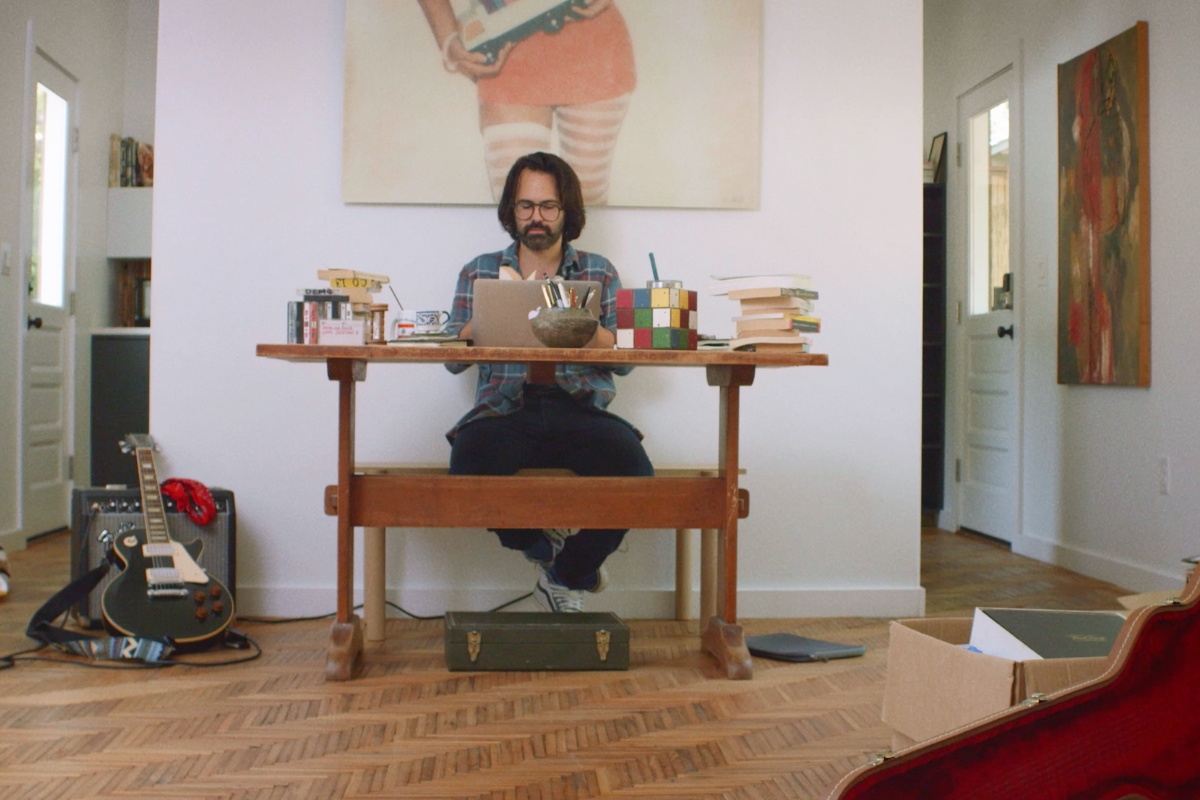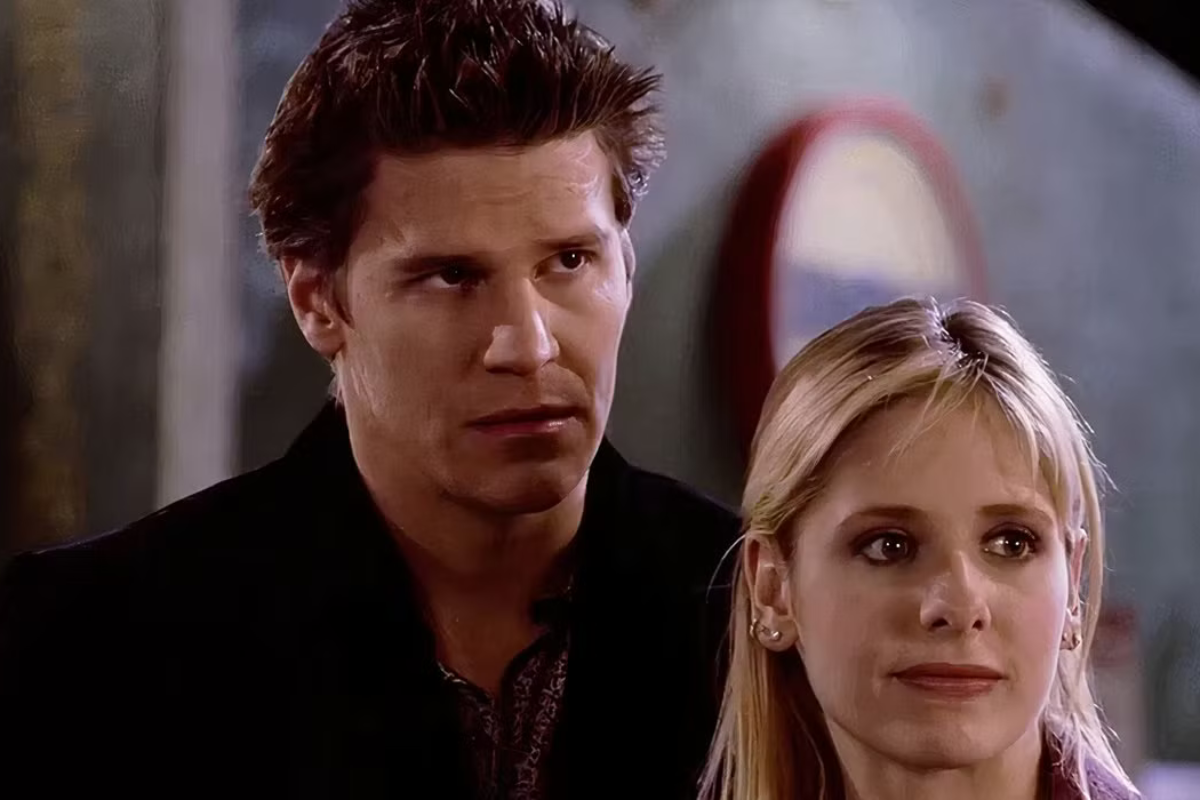Beginning Screenwriting: Creating Your Logline and Synopsis
One your screenplay is complete, use a logline and synopsis for marketing tools. They effectively and concisely tell your story. If well done, they incite a person to request your script. Therefore, they are bait!
Creating Your Logline And Synopsis
One your screenplay is complete, use a logline and synopsis for marketing tools. They effectively and concisely tell your story. If well done, they incite a person to request your script. Therefore, they are bait!
TIP: A logline and synopsis are not included inside of the pages of your screenplay. Creating these before you write your screenplay, they are beacons. Your logline and synopsis can keep you on track.
What Is A Logline?
The logline is the shortest written account of your script. It best conveys what it's about. Also called a ‘one liner,’ but it doesn’t have to be exactly one sentence long.
A logline conveys the concept of your script, its beating heart. While a logline relates the strength of your idea, it’s not the execution. Execution shines through in your synopsis and ultimately, your script.
In length, the logline is typically one or two sentences. It highlights the dramatic core of your story. Most importantly, the purpose of the logline is marketing. It compels a reader to read your script, or a viewer to go see your movie. The best place to read loglines is IMDb or on sites like Fandango.
An example of a logline would be:
THE MATRIX: A computer hacker learns from mysterious rebels about the true nature of his reality and his role in the war against its controllers. (IMDb)
What Is A Synopsis?
A synopsis is a more detailed version of your story, and is a bit longer than your logline. A synopsis comes in 2 lengths –1 succinct paragraph, or several paragraphs, from 3-6, lasting about a page long. A word count would be from 300-500 words, approximately.
A 1-paragraph synopsis outlines the setup of your story, then what happens to get it going, with your major character, their goal and the conflict.
A 1-page synopsis goes into a bit more detail, including a supporting character or love interest, pertinent details about your antagonist. It includes more twists and turns of your screenplay. Whereas the logline shows off the strength of your idea, a synopsis gives you the opportunity to show off the craft of your writing; for example, your attention to genre-related details.
Most importantly, If you like a logline, you will want to read the synopsis, for more detail. Typically a logline and synopsis go hand In hand. The curiosity inspired by them both should spur a reader, whether producer, director, development executive, agent; to request your script.
How The Logline And Synopsis Are Used
Both logline and synopsis are used as a development tool and a marketing tool. Since it takes much less time than reading an entire script, they can be used to tell the story of your movie, quickly. The logline relays the basics, and the synopsis - in just a few minutes. You want them to pique interest!
- Does she escape?
- Who wins?
- Will they fall in love?
- Did the heroine survive?
This builds that sense of ‘I wanna know what happens!’. It is this compulsion that draws all of us to story telling, and keeps us hooked. Besides that, these tools show off your writing.
Using Them Separately And Together
Here are 3 ways a logline and synopsis are used.
- Before you’ve created a script, logline is written to pitch your movie to others. You might test it out on strangers in line for a movie, or send it to a few friends, like, hey, what do you think of this? Would you go see that movie?
- Once several people weigh in on your logline, and like it, you would further expand the basic idea into a synopsis, a 3-paragraph skeleton of the story. These guide your writing.
- After your script is finished, and you’ve gotten feedback on it, done a rewrite, and had it proofread: you send the logline and synopsis to others as an introduction of your script – to market it.
Crafting Your Logline
Author of Save the Cat, the late Blake Snyder has become a pivotal figure in teaching screenwriters how to structure and write their scripts. He has referred to the log line as the DNA of a movie. That means that any time you're working on your script, go back to the log line and it will help you keep focus in your story so it doesn’t go off the rails. In the words of Stephen Covey, The main thing is to keep the main thing the main thing.
Here are some approaches:
- My story is a (genre) called (title) about (hero) who wants (goal) despite (obstacle).” (Stephanie Palmer, goodinaroom.com)
- When your main character is acted upon, and something happens, he or she is forced to do__________, in order to achieve ________and prevent _____________. (Marilyn Horowitz, www.marilynhorowitz.com/)
- [TITLE] is a [GENRE] about when [INCITING INCIDENT HAPPENS TO], a [PROTAGONIST] must [WANT TO ACHIEVE AN OBJECTIVE], or else [STAKES WILL OCCUR]. Noam Kroll (noamkroll.com/)
If your story takes place in the past or future, include that information. Ditto for an unusual setting; outer space, or in 300 BC.
Crafting Your Synopsis
The point of a synopsis is that the reader can visualize the story. Your logline is your elevator pitch, short and sweet – sparking interest. A synopsis is the next step, building anticipation.
There are two different lengths of synopses. Use the different sizes based on your needs.
Each synopses is used differently. The synopsis that most writers start with is 1 page-long. It has of 3-6 paragraphs, and is used to pitch with the logline. An alternative length is the 1 paragraph. This condenses your story into 1, succinct paragraph. Once you’ve created your longer form, 1-page synopsis, the 1-paragraph synopsis can be easier to tackle. Whether you use a longer or shorter synopsis will depend a bit on the circumstances. If it’s someone you don’t know, keep it short and use the 1-paragraph. If you’ve met and spoken with the person, or you’re submitting something to a sales agent or distributor, go with the 1-page synopsis, which provides more depth and color.
The 1-paragraph synopsis focuses on Act 1 and Act 2. The one-paragraph synopsis consists of a very careful description of the first act, and then a wrap-up of the rest of the movie. The first sentence includes the set-up of the first act: who the main character is and the problem that drives them to take action. The second sentence is about what happens in the second half of the first act. This is the formulation of the main character’s plan of action. This is a cross between art and science. Ultimately, try to choose evocative words that capture the essence of the whole film.
Here’s an example of a 1-paragraph long synopsis
THE HUNGER GAMES. Every year in the ruins of what was once North America, the Capitol of the nation of Panem forces each of its twelve districts to send a teenage boy and girl to compete in the Hunger Games. A twisted punishment for a past uprising and an ongoing government intimidation tactic, The Hunger Games are a nationally televised event in which "Tributes" must fight with one another until one survivor remains. Sixteen year old Katniss Everdeen volunteers in her younger sister's place to enter the games, and is forced to rely upon her sharp instincts as well as the mentorship of drunken former victor Haymitch Abernathy when she's pitted against highly-trained Tributes who have prepared for these Games their entire lives. If she's ever to return home to District 12, Katniss must make impossible choices in the arena that weigh survival against humanity and life against love.
Testing Out Your Logline And Synopsis
In a perfect world, test your logline before testing your synopsis. Send these to other writers, hopefully screenwriters. Colleagues are best, filmmakers and writers. Ask specific questions, is it confusing? Additionally; ask specific questions - Is it clear what the heroine wants? Does it remind you of a movie? Additionally, ask open-ended questions like – ‘What do you think? Would you go see this?’
Certainly, feedback is critical. It can help improve your logline and synopsis. Particularly if you get similar responses from multiple people. Don’t just change everything on the advice of one person, rather, solicit several responses from trusted sources.
Good luck and rock your writing!
(All Images CC0 Licensed)
Learn more about the craft and business of screenwriting and television writing from our Script University courses!
Paula Landry, MBA, is a writer/producer and consultant helping artists find deeper meaning in their work and create strategies to stay inspired, fusing business & creativity. Landry creates media business plans, marketing plans, movie budgets, coaching artists and teaching film business classes at NYU, SVA, Wagner College, The Actors Fund and MCNY. She’s co-authored The Business of FILM and Sell Your Screenplay in 30 Days, and is the author of Scheduling and Budgeting Your Film. Clients include Christie’s, Forbes, EW, GQ, Pearson TV, Game Show Channel to name a few. Her films have debuted at Sundance, CineVegas, winning awards from Columbia Pictures Screen Gems, Time Warner Showtime Audience Award, and WorldFest Houston Film Fest. Connect via LinkedIn, @paulalandry on Twitter, email: paula@paulalandry.com or Facebook #filmdreamers #mediaentrepreneurs #aflickchick







